LYON, France — Speaking at the International Classic Film Market (MIFC) in Lyon as YouTube celebrates its 20th anniversary, Justine Ryst, head of the platform’s France & Southern Europe branch, opened with a bold statement: “YouTube is ‘the platform’ for heritage film, a place where culture endures (…) bridging generations of audiences.”
Addressing an industry crowd from across Europe at the world’s biggest market dedicated to the business of classic film, Ryst described YouTube as an ally in keeping cinema history alive. Though she was speaking from the perspective of the French market, her remarks resonated far beyond France’s borders. “In the U.S.,” she reminded the crowd, “YouTube has become the most-watched video provider on television, outpacing traditional TV and other platforms.”
Ryst described YouTube as a space where contemporary viewing habits and classics meet – a kind of afterlife for cinema and television history, where the films find new audiences online.
“On YouTube,” she went on, “films and programs don’t disappear, they live again through clips, restorations, recommendations, and new forms of engagement.” For Ryst, this ongoing dialogue between generations of viewers is central to the platform’s role in cultural preservation. “We see young audiences discovering films their parents loved, often through a thumbnail, a remix, or a short clip that draws them back to the original work,” she said. She highlighted the growing influence of creators who produce curated film shows, giving new life to heritage cinema for digital-native audiences.
Ryst was careful to underline a distinction often misunderstood in the public debate: YouTube, she said, “is not a channel but a platform.” It does not produce or editorialize content –it provides an infrastructure governed by algorithms and community guidelines.
“YouTube is regulated by strict rules, and we take our responsibility seriously,” she emphasized, while adding that its defining feature remains its personalization. “Show me your YouTube and I’ll tell you who you are,” she said, to laughter from the audience.
Ryst highlighted a couple of French institutions that have embraced YouTube as a cornerstone of their digital strategy. The first is the Institut National de l’Audiovisuel (INA), the country’s vast audiovisual archive, which has uploaded thousands of hours of content ranging from classic television to historic interviews, disseminated across some 50 thematic channels. “INA has developed a masterclass in multi-format strategy,” she said. “You can make short vertical clips, long videos of 10 minutes, 20 minutes, or even 90 minutes. You can do podcasts, live streams. They have thousands of excerpts on every subject, uploaded with agility to match current social topics. It’s a case study in bringing images from 50 years ago back to light.”
The second is Arte, the Franco-German cultural channel, which she praised for what she called its “strategy of omnipresence” across linear TV, its website and more than 30 thematic channels on YouTube, enabling it to reach multiple audiences across a spectrum of interests, ranging from arthouse cinema to pop culture and science.

Justine Ryst and Thierry Frémaux
Credit: Lise Pedersen
“These examples show that it’s not about competing with the platform, but using it to amplify reach,” Ryst said.
Turning to the future, Ryst addressed the growing role of artificial intelligence in YouTube’s ecosystem, especially in areas like dubbing and translation. She described how these tools could expand access to French and European works, helping them travel more easily across languages and borders.
“These tools can be incredibly powerful for rights holders to take their work as far as possible,” she said. “It’s valuable when rights holders develop a direct community on YouTube – what I call a live asset. When you then go to distributors or represent other films, you can demonstrate that your YouTube community represents thousands, even millions of subscribers, and that you have millions of hours of content in your asset. That’s credibility.”
Her reflections align with YouTube’s global strategy, highlighted at this week’s Mipcom, where the platform’s significant presence underscored its role in the creator economy and TV at large. Industry leaders discussed how YouTube bridges traditional media and digital content, fostering new business models and collaboration with major studios.
Closing her talk, Ryst reflected on YouTube’s longevity as both a tech company and cultural platform. “We’ve been around for 20 years,” she said, “and we hope to be around for at least another 20.”
Running alongside the Lumière Film Festival in Lyon, France, the MIFC closes on Oct. 17.

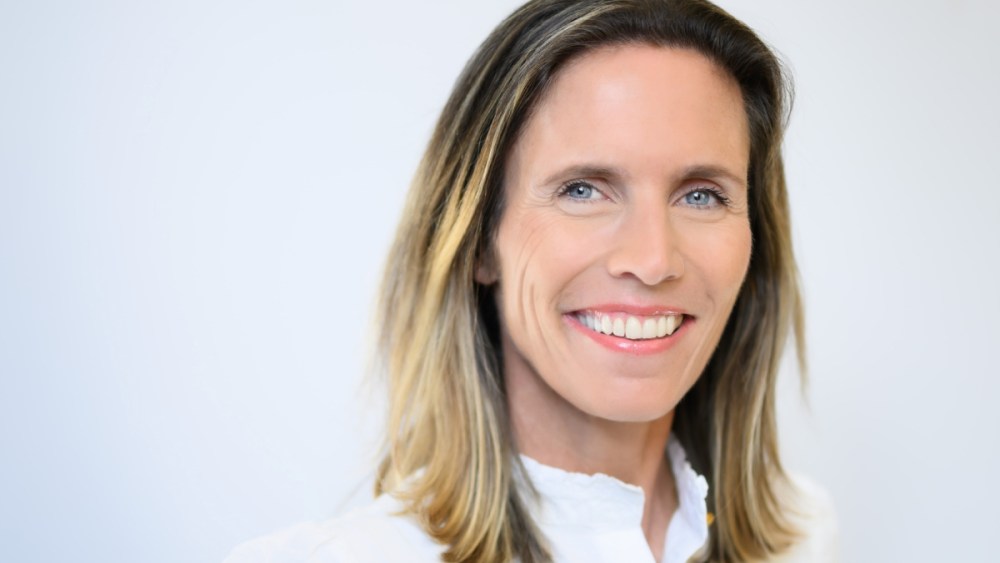

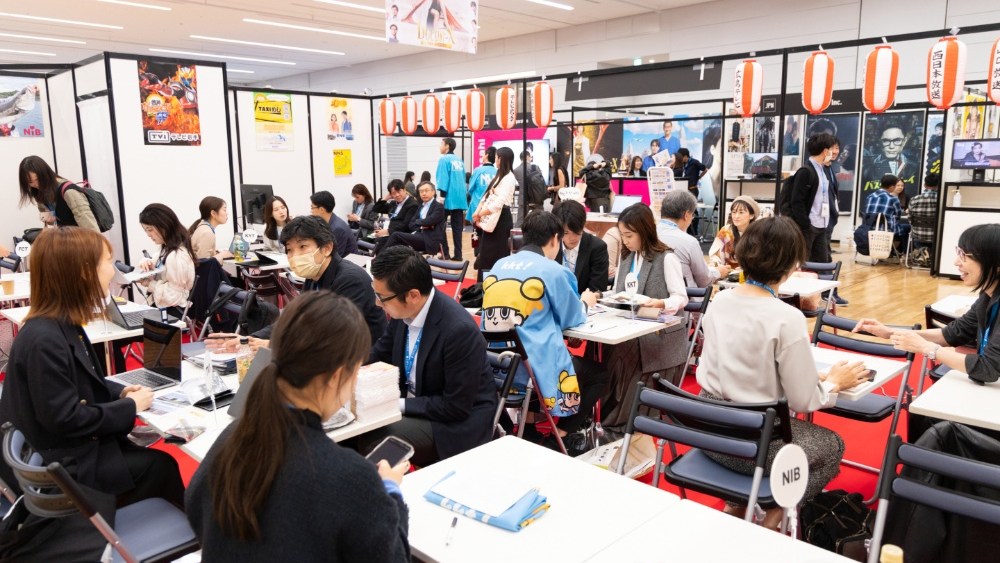
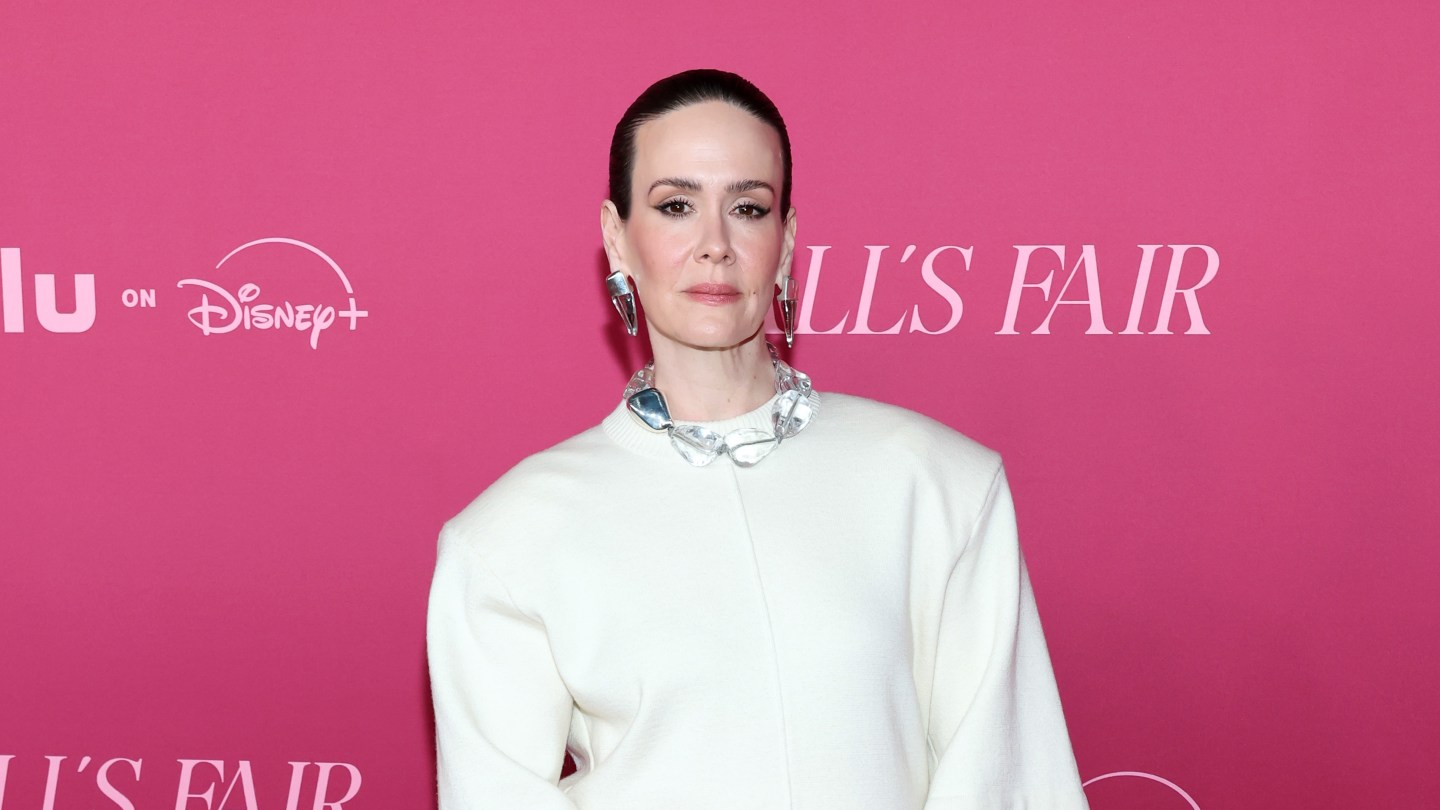
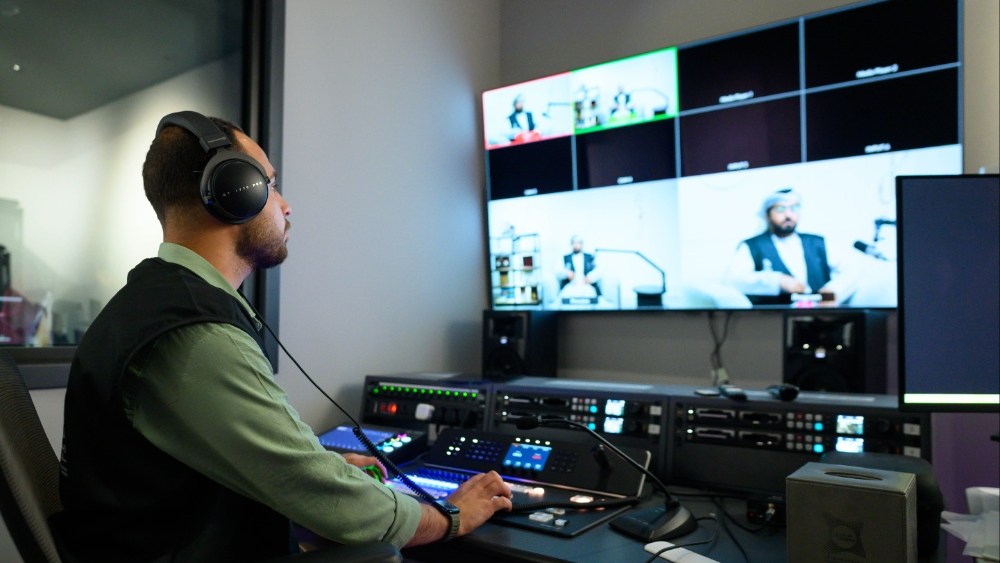
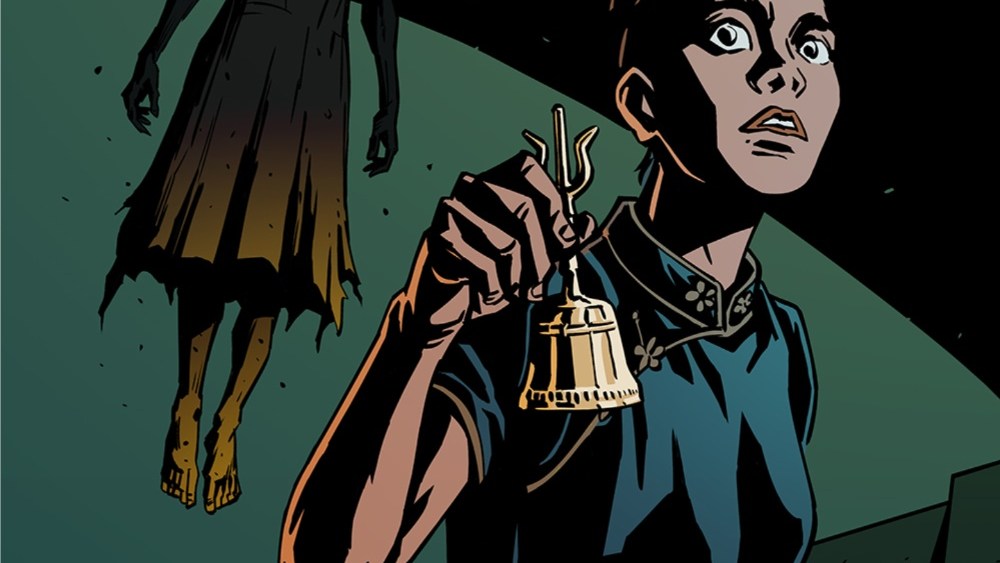
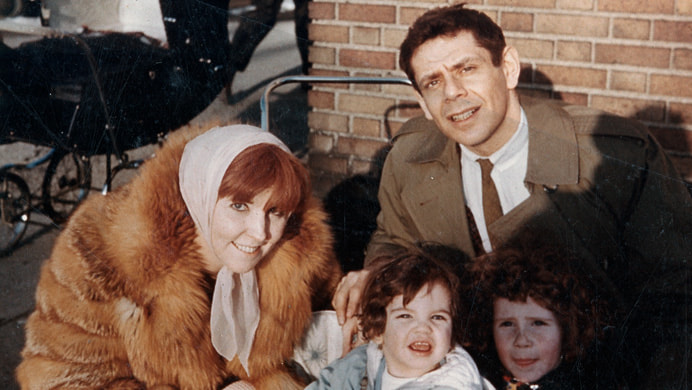
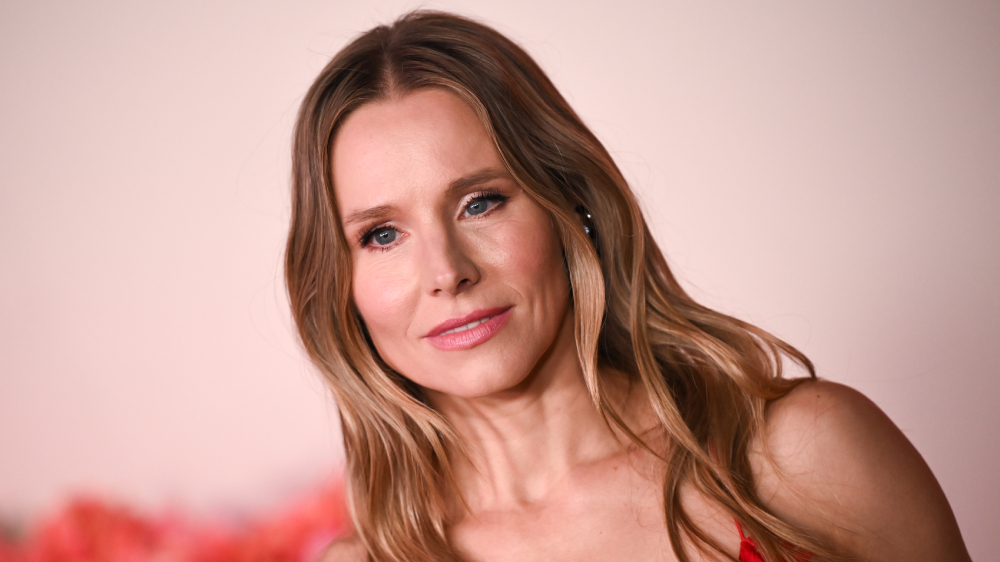

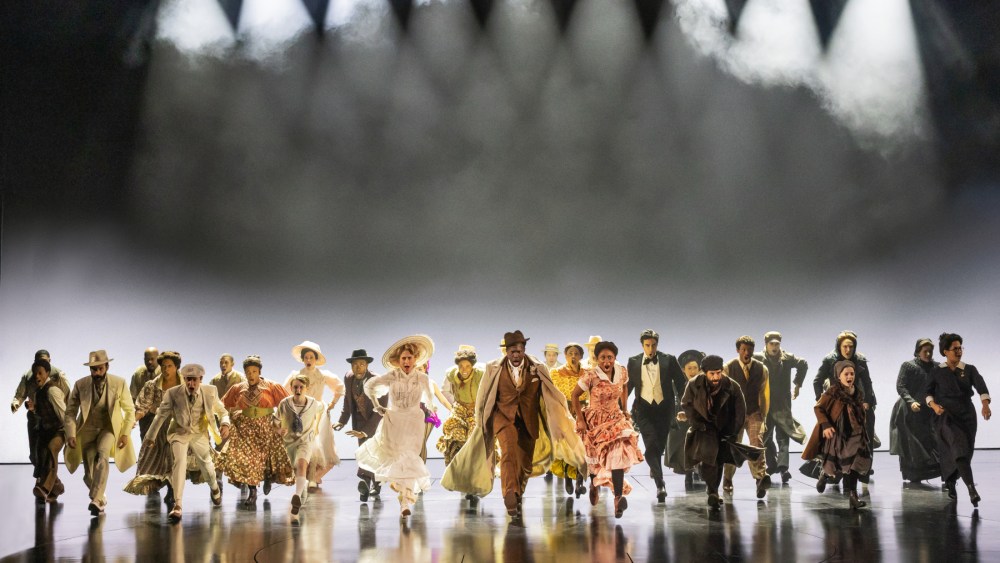
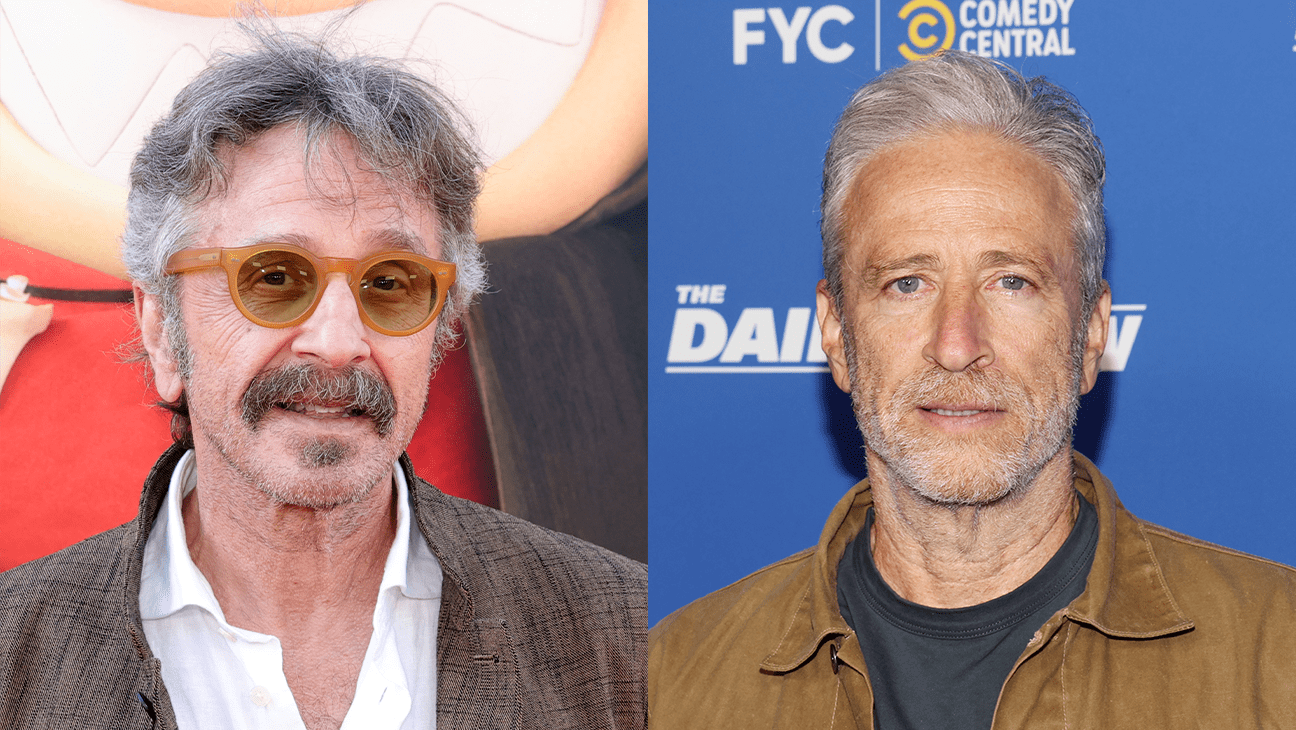



Leave a Reply